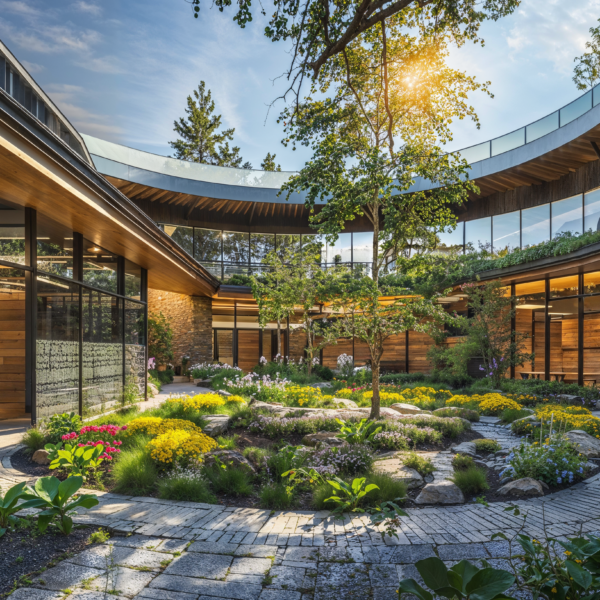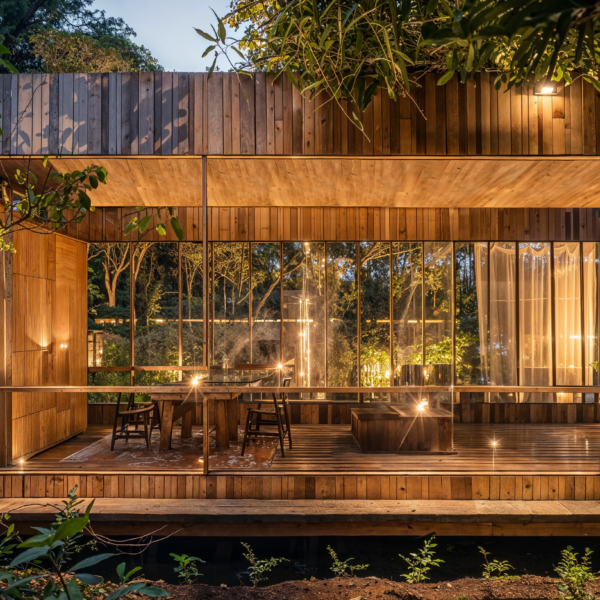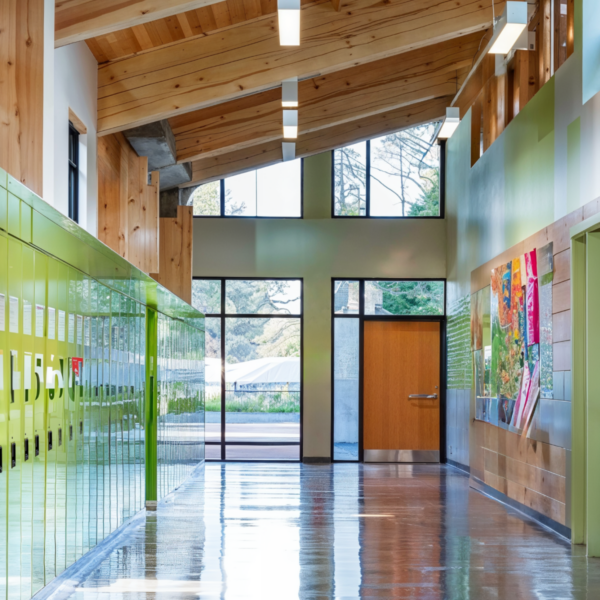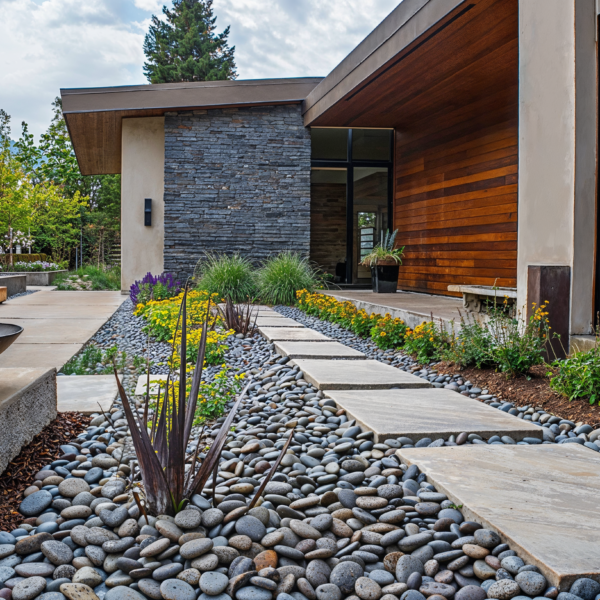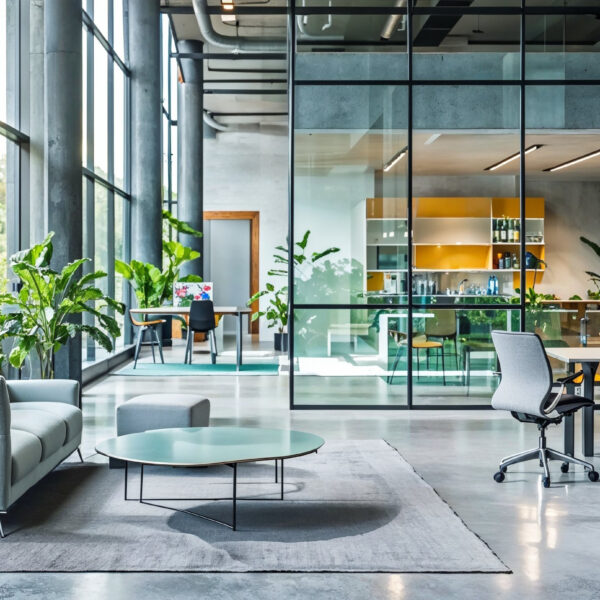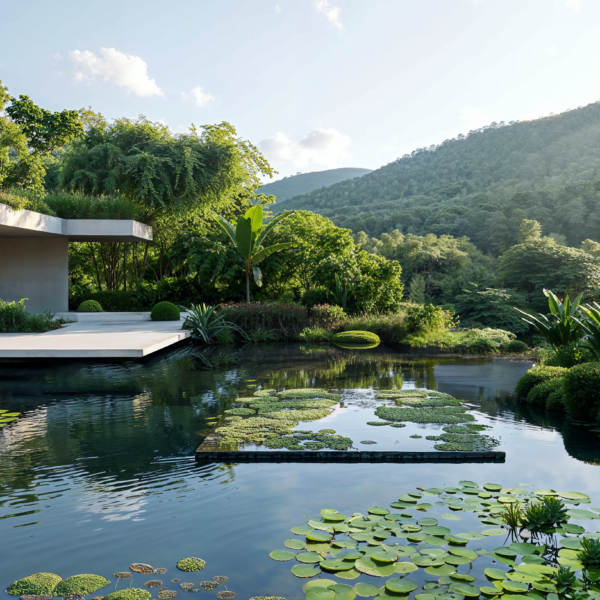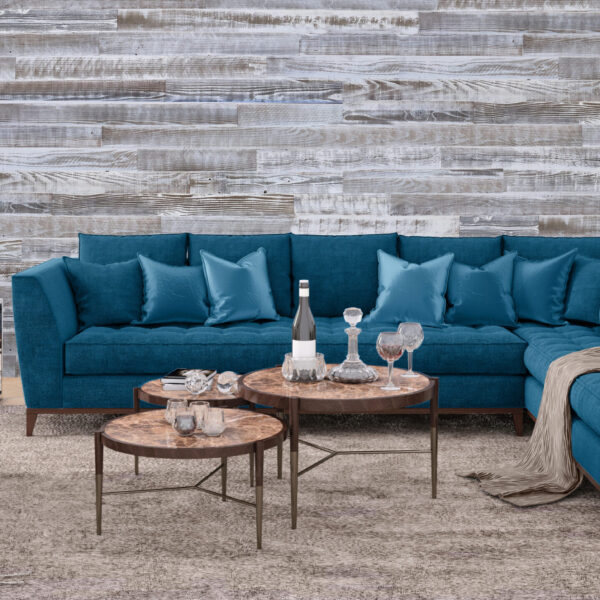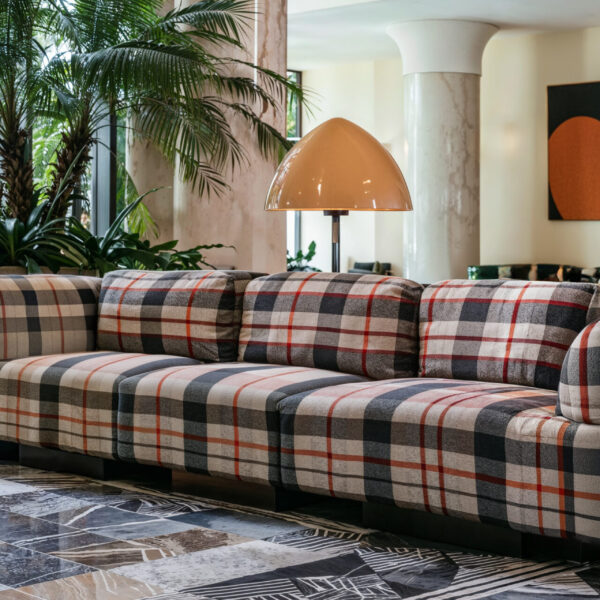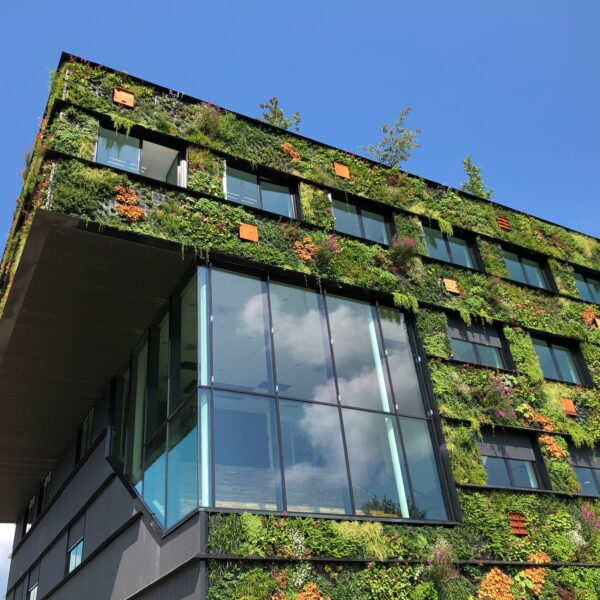Regenerative Architecture
Regenerative architecture focuses on creating buildings that restore and enhance their environment—a principle increasingly applied to healthcare facilities. By integrating designs that benefit both human health and ecosystems, regenerative healthcare spaces promote healing, sustainability, and long-term environmental well-being. Natural stone, reclaimed wood, and sustainably harvested timber provide durable and aesthetic building solutions while reducing the …
January 6, 2025
